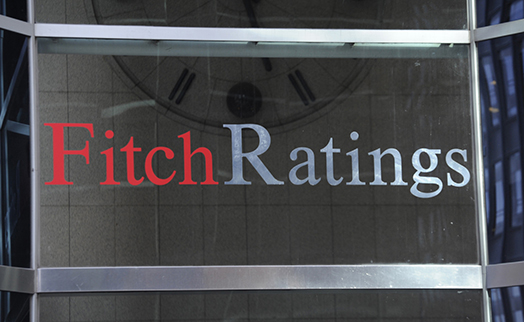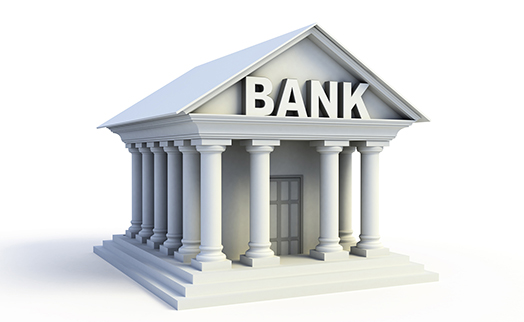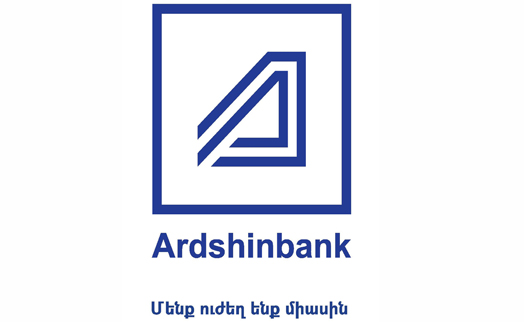18.12.2017 18:25

YEREVAN, December 18, /ARKA/ Fitch Ratings has revised Armenia's to Positive from Stable, while affirming the sovereign's Long-Term Foreign- and Local-Currency Issuer Default Ratings (IDRs) at 'B+'.
It said in a press release that the economy is experiencing a strong recovery following a large external shock in 2014-15, driven by a structural improvement in export performance, firmer external demand conditions and recovering remittances, and supported by a credible monetary policy framework. Fitch has revised up its growth projection to 4.3% for 2017 from 3.4% previously, as GDP growth averaged 5.3% in 1Q-3Q. ‘We expect growth to average 3.6% in 2018-2019 due to a still favourable environment for remittances and export growth,’ it said.
Armenia has started to implement strong fiscal consolidation. Fitch forecasts the general government budget deficit will shrink to 3.3% of GDP in 2017, from 5.5% in 2016, reflecting expenditure restraint and favourable revenue growth. Fitch expects the general government deficit to narrow further to 3% in 2018 and 2.7% in 2019, below the 'B' and 'BB' medians.
Fitch's projections for the budget deficit and growth performance are consistent with stabilisation in government debt. We forecast debt to rise to 57.5% of GDP in 2017, slightly below the projected 58.6% 'B' median, peak in 2018 at 58.1% and gradually decline thereafter. Armenia's government debt structure has a high level of concessional debt (66% of total debt), but 81% is foreign currency-denominated, exposing it to exchange rate volatility.
Armenia has a moderate current account deficit, which Fitch forecasts at 3% of GDP in 2017 and to average 3.4% in 2018-2019. Domestic demand-driven import growth will be balanced by export receipts underpinned by stable commodity prices, diversification to new markets and stabilisation of the Russian economy benefitting export and remittances growth. A moderate current account deficit mitigates external vulnerability arising from commodity dependence and the small size of the economy. It will also lead to the stabilisation, and then gradual reduction, of the country's high net external debt at 44.8% of GDP by end-2017 versus 20% for the 'B' median.
It also said Armenia is exposed to external shocks but has shown a capacity to absorb them, helped by a credible monetary policy framework. After exiting deflation in April, inflation remains low, and is expected to average 1% in 2017 before converging to the Central Bank of Armenia's (CBA) target of 4% in 2018-2019. The central bank has kept interest rates on hold since early 2017 and has stated its readiness to tighten policies if demand side pressures increase.
The banking system remains stable with strengthened capitalisation (capital adequacy ratio (CAR) 19.1% in October). Deposit and loan dollarisation have declined but remained high at 57% and 62%, respectively. The banking system's FX position is balanced and regulations are in place to prevent foreign-currency lending to non-foreign-currency generators. Non-performing loans (up to 270 days overdue) equalled 6.7% in October, down from a peak of 10% in March 2016.
International reserves are above USD2.1 billion (above four months of current external payments). Fitch estimates that Armenia's liquid assets as a share of short-term liabilities (at 125% in 2017) will remain below the 'B' category median. Exchange rate flexibility, reduced external imbalances and access to external financing reduce the risk of near-term balance-of- payment pressures. After completing its IMF EFF agreement this year, Fitch expects the authorities to seek continued engagement with the fund. -0-
Read the news first and discuss them in our Telegram
Tags:


























